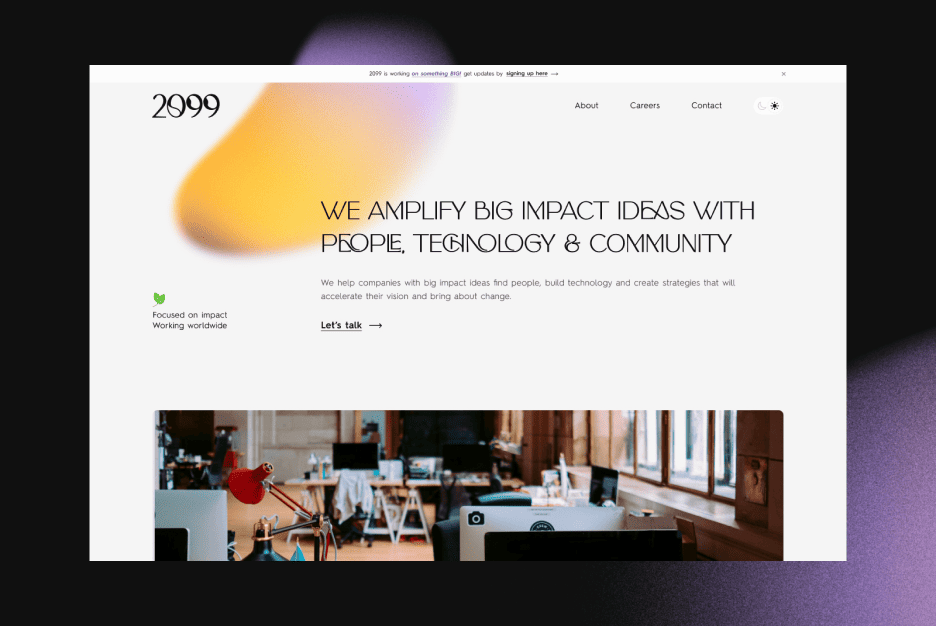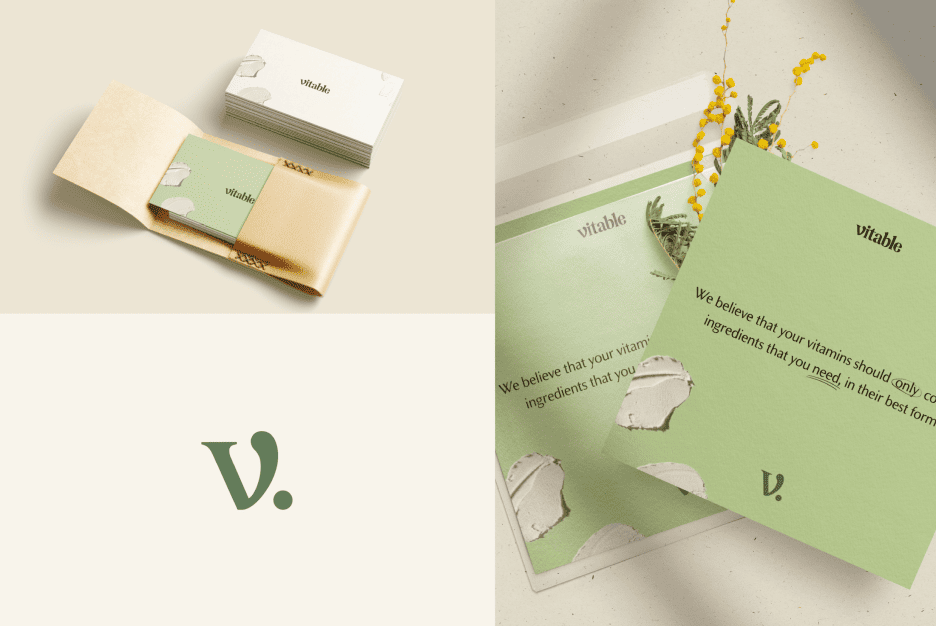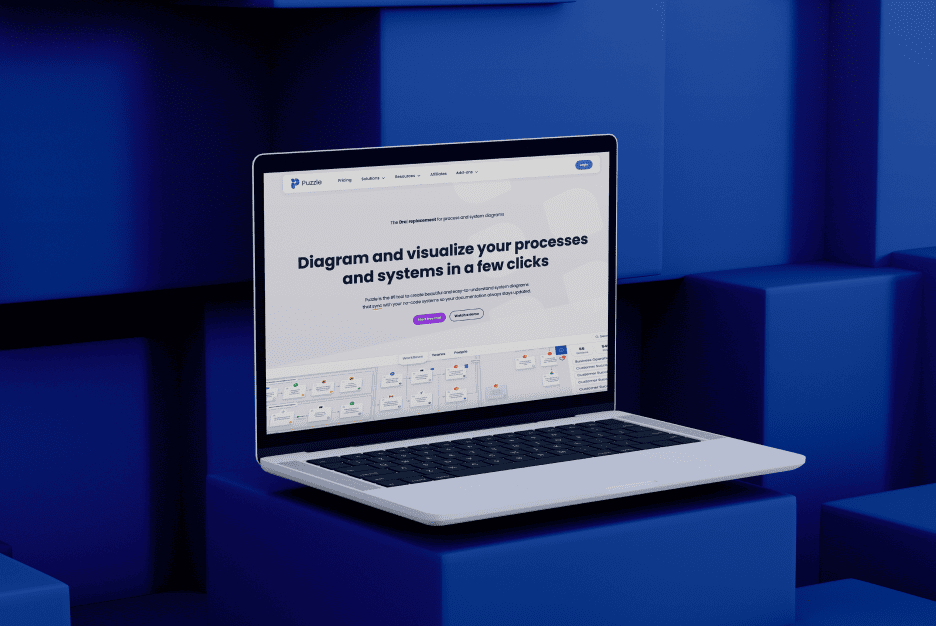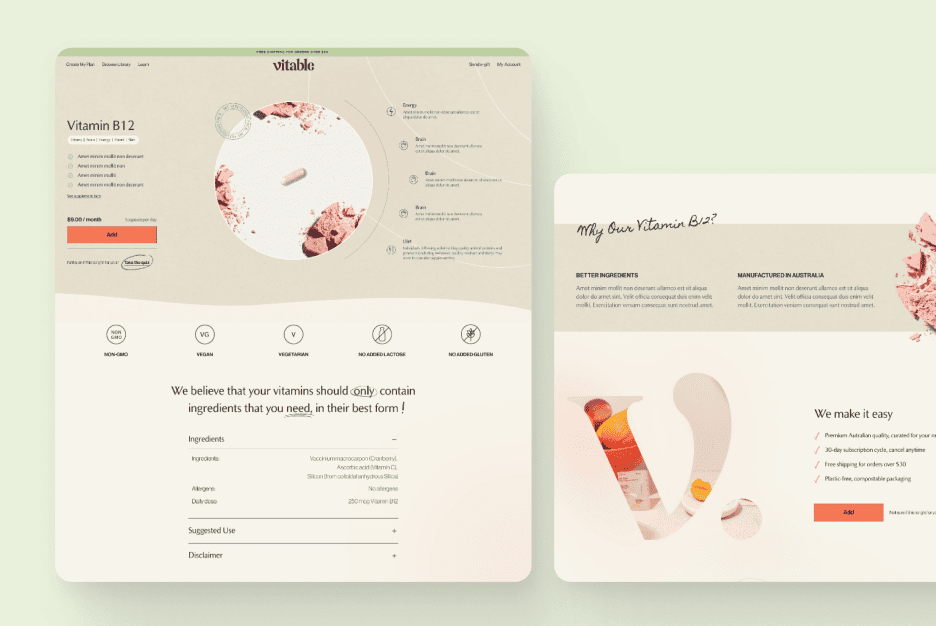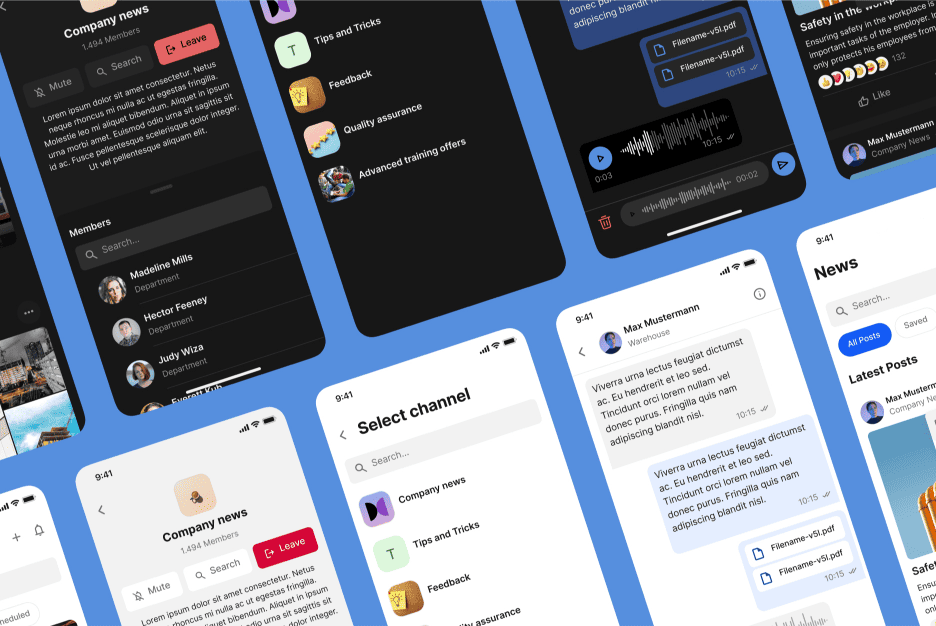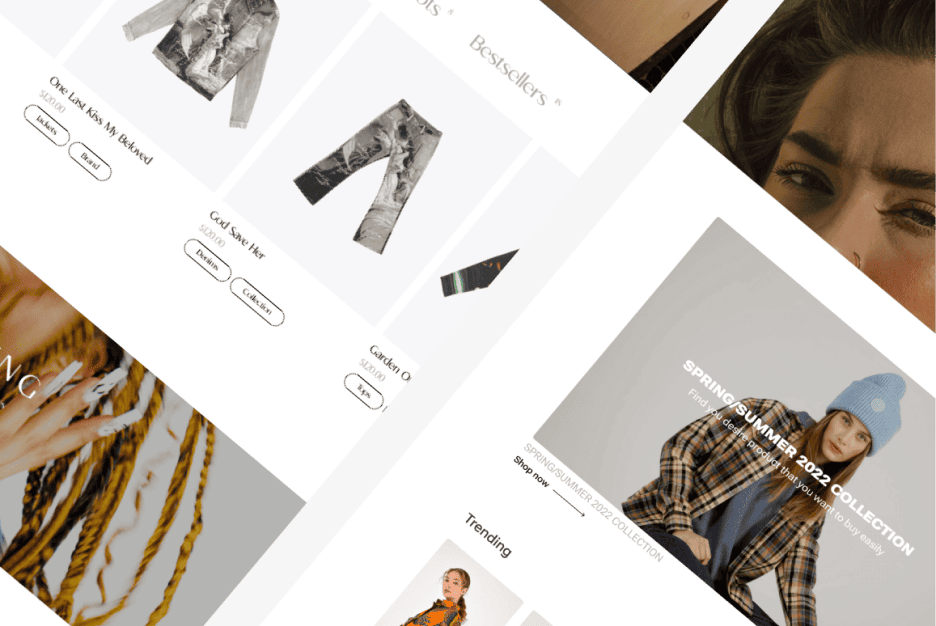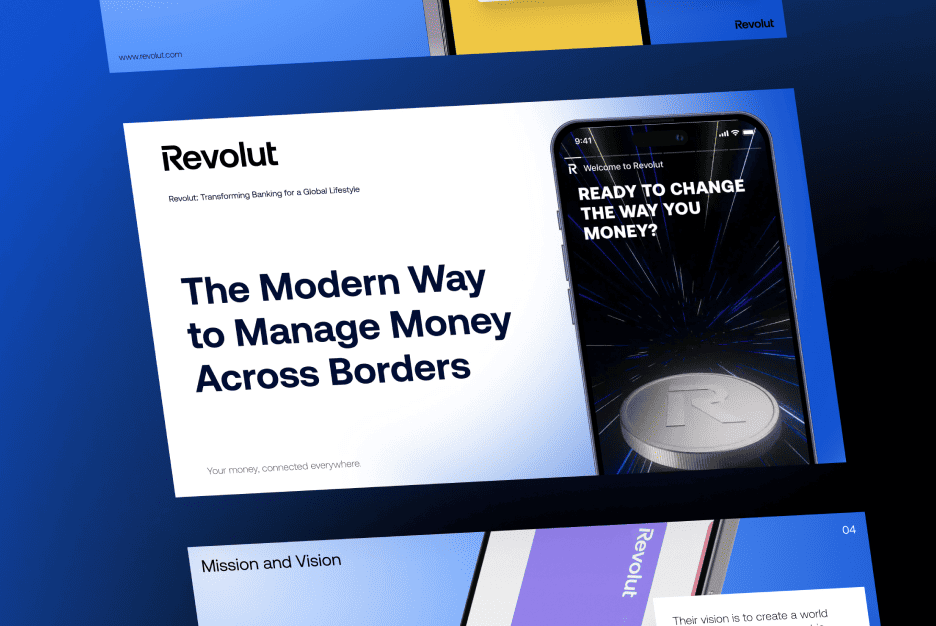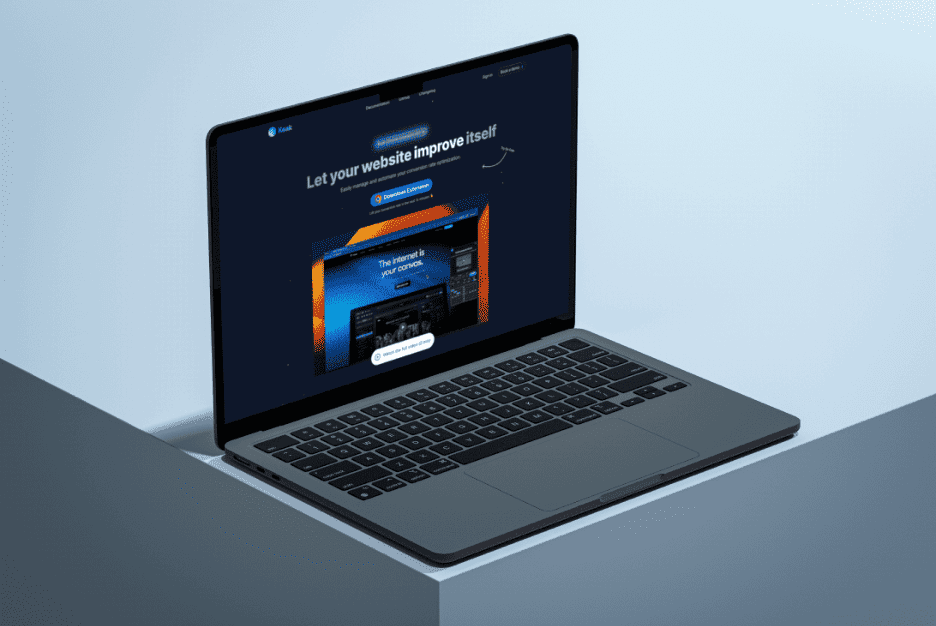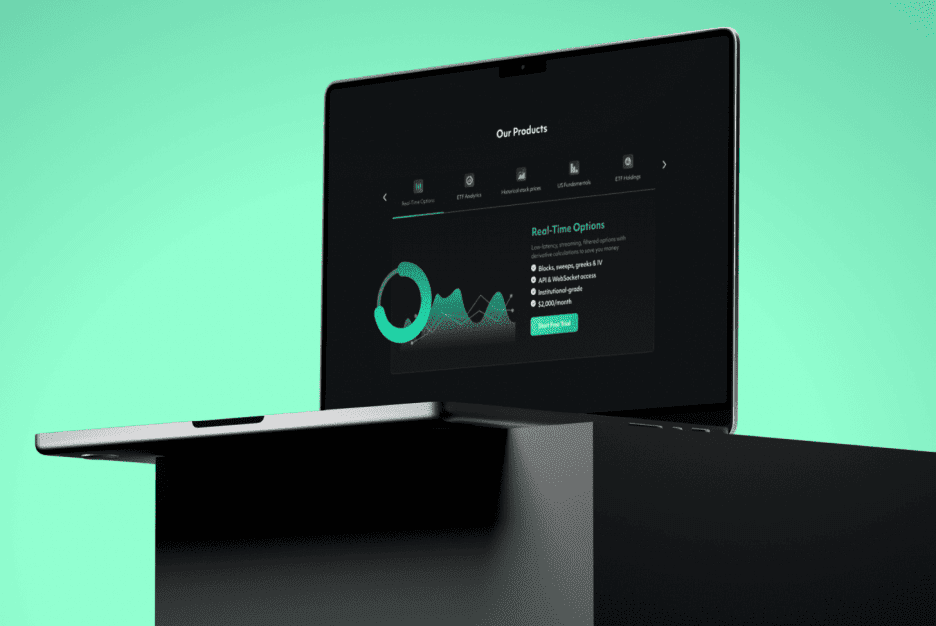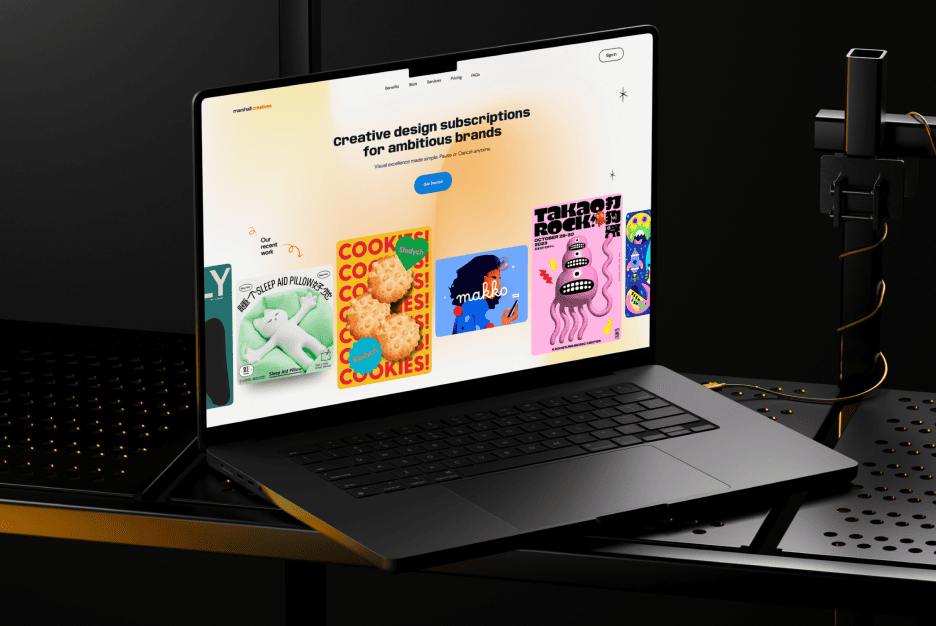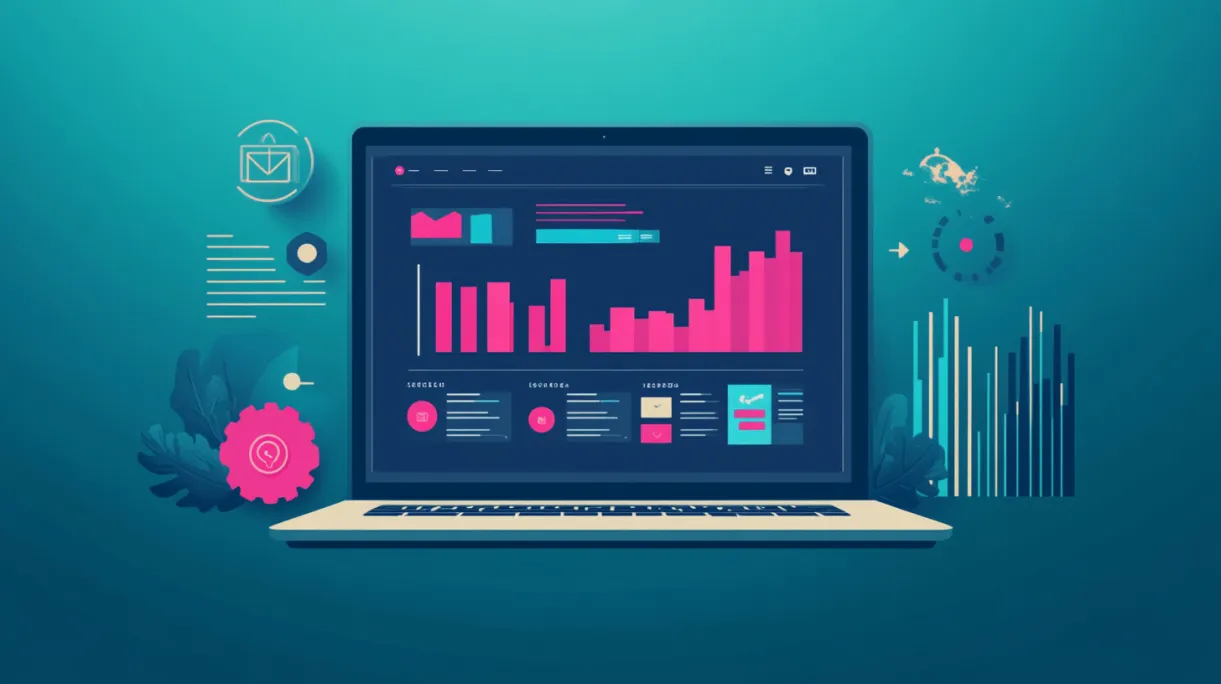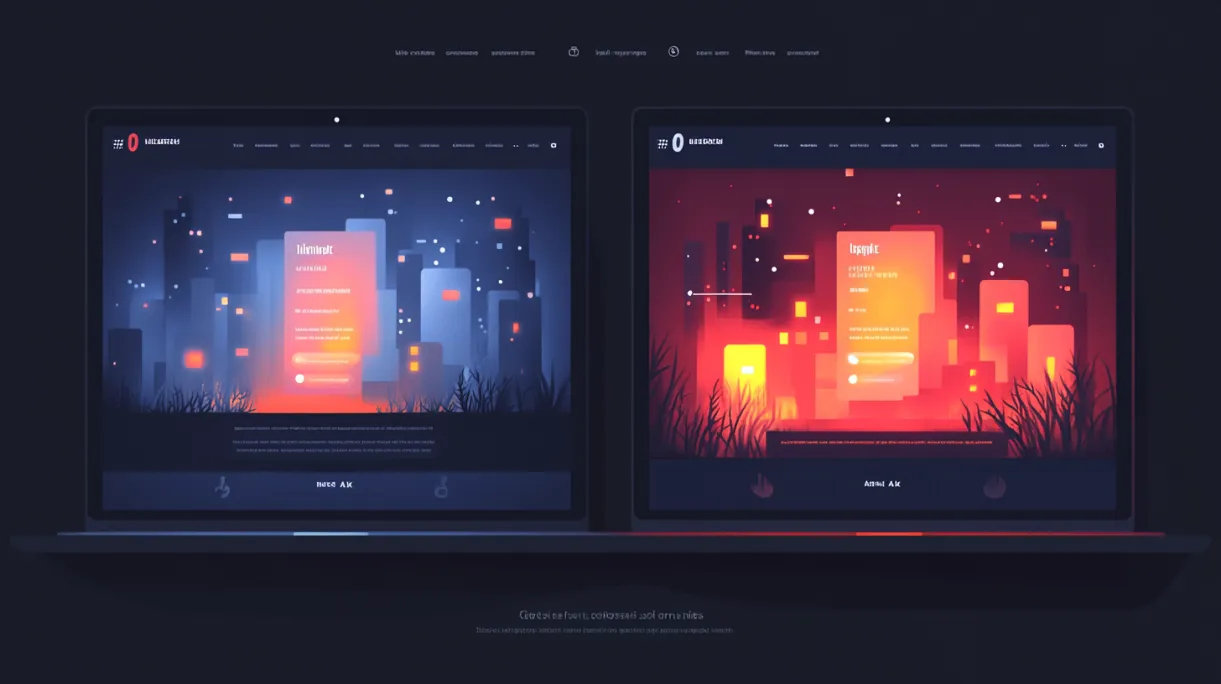Introduction: Why Landing Pages Are Crucial for Business Success
Landing pages are the digital storefronts of the modern business world. They are designed to capture attention, communicate value, and convert visitors into customers. But not all landing pages are created equal. In complex niches, where products or services require explanation, the stakes are even higher.
This article dives into the key elements of effective landing pages: animation, structure, and real-world examples from successful brands. We’ll explore when animation enhances user experience, when it distracts, and how to choose between one-page and multi-page layouts. Plus, we’ll break down how to explain complex products in just three screens and what you can learn from top-performing landing pages.
Animation on Landing Pages: When It Helps and When It Hurts
Animation can be a powerful tool to engage users, but it’s not always the right choice. Let’s explore the pros and cons in detail.
When Animation Helps:
- Guiding User Attention: Subtle animations can direct users to key elements like CTAs or important information. For example, a gentle bounce effect on a “Sign Up” button can draw the eye without being intrusive.
- Enhancing Storytelling: Animations can make complex concepts easier to understand, especially in niches like tech or finance. For instance, an animated infographic can break down how a financial product works step by step.
- Creating Emotional Connections: Well-designed animations can evoke emotions, making your brand more memorable. A looping animation of a happy customer using your product can create a positive association.
- Improving User Experience: Micro-interactions, like a button changing color when hovered over, can make the user experience feel more intuitive and responsive.
When Animation Hurts:
- Slowing Down Performance: Heavy animations can increase load times, leading to higher bounce rates. According to Google, 53% of mobile users abandon a site if it takes longer than 3 seconds to load.
- Distracting Users: Overuse of animation can overwhelm visitors, pulling focus away from your core message. For example, a landing page with too many moving elements can confuse users about where to click next.
- Accessibility Issues: Some users may find animations disorienting or difficult to navigate. This is especially true for individuals with vestibular disorders or motion sensitivity.
Pro Tip: Use tools like Google PageSpeed Insights to test how animations impact your page speed. Additionally, always provide an option to reduce motion for users who prefer a static experience.
Related Reading: The Power of Emotional Design: How to Evoke User Reactions in Digital Products
External Source: The Role of Animation in UX Design
One-Page vs. Multi-Page Landing: Which Is Right for Your Business?
Choosing between a one-page and multi-page landing page depends on your goals and the complexity of your product. Let’s dive deeper into the advantages and disadvantages of each.
One-Page Landing Pages:
- Best For: Simple products or services with a clear value proposition.
- Advantages:
- Easy to Navigate: Users can scroll through all the information without clicking multiple links.
- Great for Mobile Users: One-page designs are inherently mobile-friendly, as they require less tapping and loading.
- Ideal for Quick Conversions: With fewer distractions, users are more likely to take immediate action.
- Example: A SaaS company offering a straightforward tool might use a one-page layout to highlight features, testimonials, and a CTA.
Multi-Page Landing Pages:
- Best For: Complex products or services that require detailed explanations.
- Advantages:
- Deeper Storytelling: You can dedicate entire pages to specific features, case studies, or pricing plans.
- Better SEO Opportunities: Multiple pages allow you to target different keywords and improve your search engine rankings.
- More Space for Visuals: You can use high-quality images, videos, and infographics without overwhelming the user.
- Example: A B2B company selling enterprise software might use a multi-page layout to explain features, pricing, and case studies.
Pro Tip: If you’re unsure which format to choose, consider your audience. Tech-savvy users might appreciate the depth of a multi-page layout, while casual browsers might prefer the simplicity of a one-page design.
Related Reading: Web Design VS Digital Product Design: Unveiling the Key Differences and What They Mean for Your Business
External Source: The Psychology of Landing Page Design
Explaining Complex Products in Three Screens
In complex niches, clarity is key. Here’s how to explain your product effectively in just three screens, ensuring users understand your value proposition without feeling overwhelmed.
Screen 1: The Problem
- Goal: Identify the pain point your product solves.
- Execution: Use visuals and concise copy to make the problem relatable. For example, a cybersecurity company might show a hacker breaching a system, followed by a statistic about data breaches.
- Pro Tip: Use emotional triggers to connect with your audience. Phrases like “Are you tired of losing sleep over data security?” can resonate deeply.
Screen 2: The Solution
- Goal: Introduce your product as the solution.
- Execution: Highlight key features and benefits without overwhelming the user. Use bullet points, icons, or short videos to explain how your product works.
- Pro Tip: Focus on outcomes, not just features. Instead of saying “Our software uses AI,” say “Our AI-powered software detects threats 50% faster.”
Screen 3: The Call to Action
- Goal: End with a clear CTA, such as “Get Started” or “Request a Demo.”
- Execution: Include trust signals like testimonials, client logos, or a satisfaction guarantee. For example, “Join 1,000+ businesses protecting their data with us.”
- Pro Tip: Use urgency or scarcity to encourage action. Phrases like “Limited spots available” or “Offer ends soon” can boost conversions.
Example: A fintech company might use this structure to explain a complex investment platform. Screen 1 could highlight the challenges of traditional investing, Screen 2 could showcase the platform’s ease of use and advanced tools, and Screen 3 could feature a CTA like “Start Investing Today.”
Related Reading: Why Every Design Launch Needs a Detailed UX Plan
External Source: The Art of Simplifying Complex Information
Lessons from Top-Performing Landing Pages
Let’s break down what makes some landing pages stand out, with actionable insights you can apply to your own designs.
Key Features of Successful Landing Pages:
- Clear Value Proposition: Top brands communicate their value in seconds. For example, Slack’s landing page immediately highlights its core benefit: “Where work happens.”
- Strong Visual Hierarchy: Effective use of typography, colors, and spacing guides the user’s eye. For instance, a bold headline followed by a subheadline and a CTA button creates a natural flow.
- Social Proof: Testimonials, case studies, and client logos build trust. For example, a SaaS company might feature quotes from satisfied customers alongside their logos.
- Mobile Optimization: With most users browsing on mobile, responsive design is non-negotiable. Ensure your landing page looks great and functions smoothly on all devices.
Case Study: Airbnb’s landing page uses stunning visuals, clear CTAs, and social proof to drive conversions. The hero image showcases a beautiful property, while the search bar invites users to start exploring.
Pro Tip: A/B test different elements of your landing page, such as headlines, images, and CTAs, to see what resonates most with your audience.
Related Reading: Affordable Branding Strategies for Small Businesses: Big Impact on a Budget
External Source: 15 Landing Page Examples to Inspire You
Conclusion: Building Landing Pages That Convert
Creating a high-performing landing page requires a balance of animation, structure, and clarity. Whether you’re in a complex niche or selling a simple product, the principles remain the same: focus on the user, communicate value, and optimize for conversions.
At Almax Agency, we specialize in crafting landing pages that not only look great but also deliver results. Ready to take your landing pages to the next level? Let’s talk.
📖 Explore more of our work on Behance: Almax Agency Portfolio
